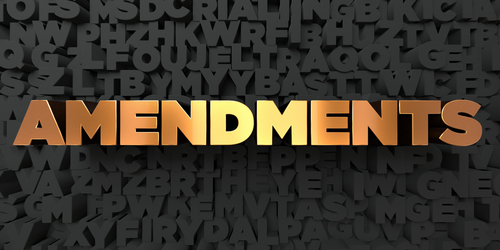
More specifically, the Gallagher Amendment set a fixed ratio for the amount of revenues collected through property tax and divided those revenues into two major categories: Non-residential and Residential. Residential, as it suggests, is the property tax revenue generated from the ownership of homes. Non-residential includes everything else, from commercial properties and farms, to oil and gas properties. The Gallagher Amendment requires that Non-residential property tax revenues make up 55% of total property tax revenues, leaving Residential to account for the remaining 45%. Significantly, the Gallagher Amendment also fixed the Non-residential Assessment Rate at 29% and requires the Residential Assessment Rate to fluctuate in order to maintain the 55%-45% ratio between the two sources of revenue. The combination of the 55%-45% ratio and the floating Residential Assessment Rate has resulted in a consistent “ratcheting down” effect for the Residential Assessment Rate between 1982 and the present.
In 1982, the Residential Assessment Rate was 30%. In 2018, the Residential Assessment Rate is 7.2%. Due to the Ratchet Down effect of the Gallagher Amendment, the Residential Assessment Rate is projected to be reduced again in 2019 to 6.11%. These consistent reductions are due to the explosion of residential growth in Colorado, especially along the front range corridor. This has led to a significant negative effect on revenues for local governments that rely primarily on property taxes in order to provide necessary public services, such as school districts and special districts (e.g., fire protection or water service). This volatility in revenue streams can make it difficult to assess long-term financial needs and goals.
In addition, the TABOR Amendment, passed by voters in 1992, restricts the Residential Assessment Rate from being increased without a statewide vote. This means that even in years when the State’s rate study has recommended that the Residential Assessment Rate be increased, it was not. This occurred 7 times between 1999 and 2016. The inability to benefit from the recommended increase translates into a direct loss in property tax revenue for local governments.
Due to the impact the Gallagher Amendment is having on local governments, the issue has begun to enter the public debate on tax policy within the State. One of the considerations to remedy the Ratchet Down effect is another statewide referendum to either amend, replace, or abolish the Gallagher Amendment. This would need to gain considerable support in the legislature to become reality, which does not appear likely in the near future. However, many local governments are turning to local ballot measures to address the revenue concerns created by the Gallagher Amendment.
The basic premise of the local ballot measures is to allow the local governments to increase their property tax mill levy in order to offset the reduction in revenues that results from the Ratchet Down effect in the Residential Assessment Rate. The increase would be capped by the amount of revenue the local government would have collected had there been no decrease to the Residential Assessment Rate. Approval of such a measure at the local level would allow local governments more stability in their property tax revenue streams, which in turn allows for more robust long-term planning as well as execution of public projects like upgrading schools or building new fire stations.
The debate on a possible resolution to the Ratchet Down effect of the Gallagher Amendment will play a key role in the future success of local governments in the State of Colorado and will gain increasing importance if the Residential Assessment Rate continues to fall.

